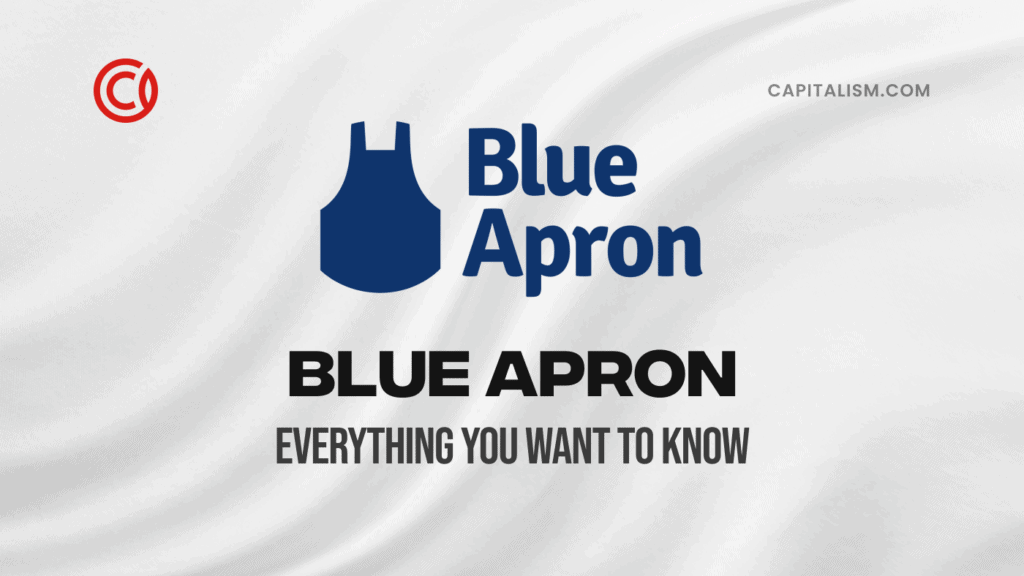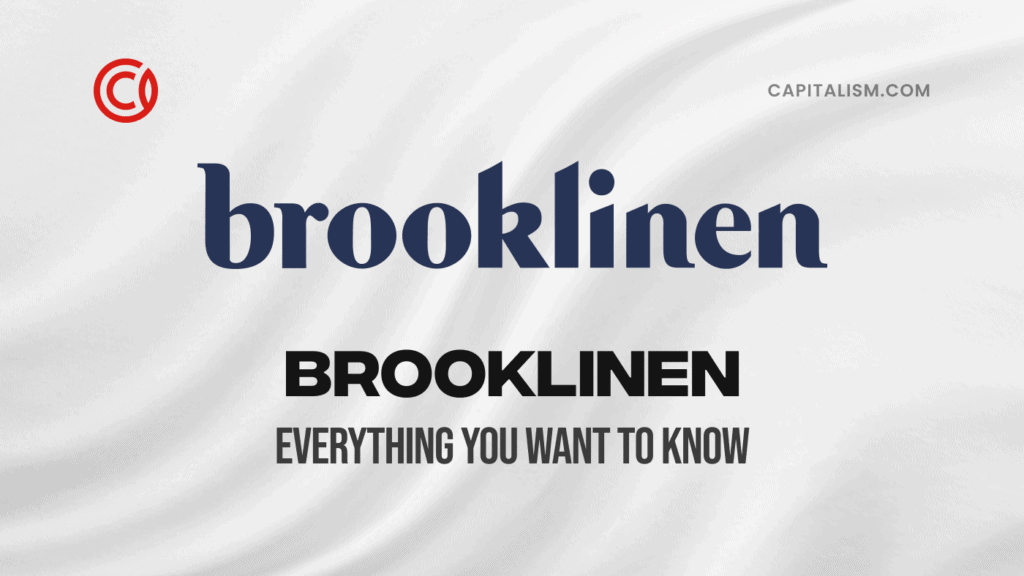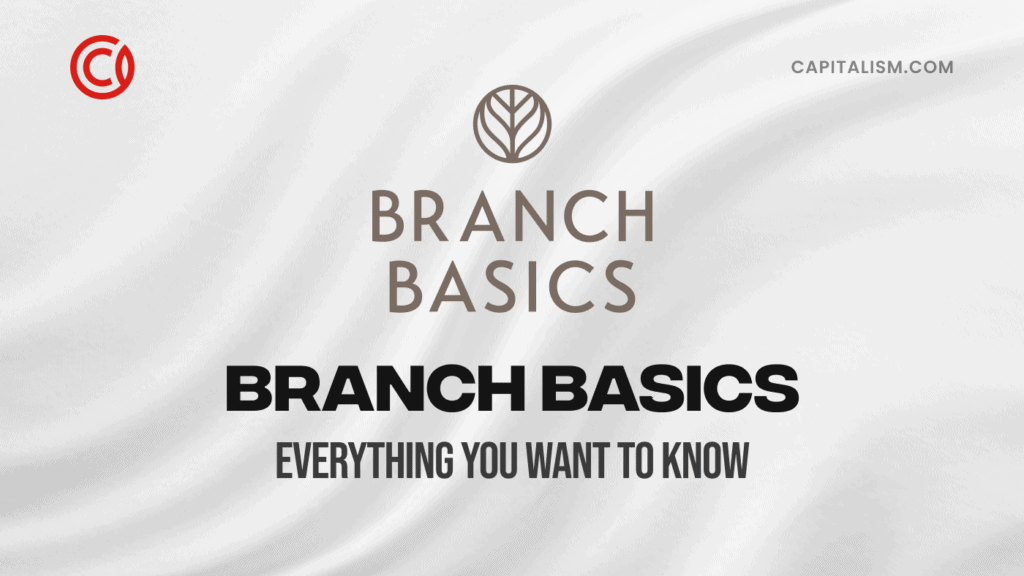Meal kits are a popular trend that transforms how busy families and young professionals shop for groceries and cook meals. These kits provide fresh ingredients that are pre-measured and conveniently packaged, making it easy to create healthy meals at home.
Blue Apron is a meal-kit subscription service that delivers kits directly to customers' homes. This guide will detail valuable lessons entrepreneurs can learn from this disruptive meal brand.
Also, discover how we can train YOU to grow your wealth with our free course - Absolutely free!
What is Blue Apron?
Blue Apron is a meal kit delivery service that provides customers with pre-portioned ingredients and recipes to cook meals at home. They offer a variety of meal options, including comfort food and healthy recipes. Blue Apron aims to make cooking enjoyable by providing ingredients and step-by-step instructions. They deliver nationwide and offer flexible subscription plans.
Who founded it?
Blue Apron was founded in 2012 by Matt Salzberg, Ilia Papas, and Matt Wadiak.
What's Blue Apron's origin story?
Blue Apron's origin story began in New York when Matt Salzberg, Ilia Papas, and Matt Wadiak came together with a shared vision. In 2011, Salzberg worked as an associate at Bessemer Venture Partners, a Silicon Valley firm.
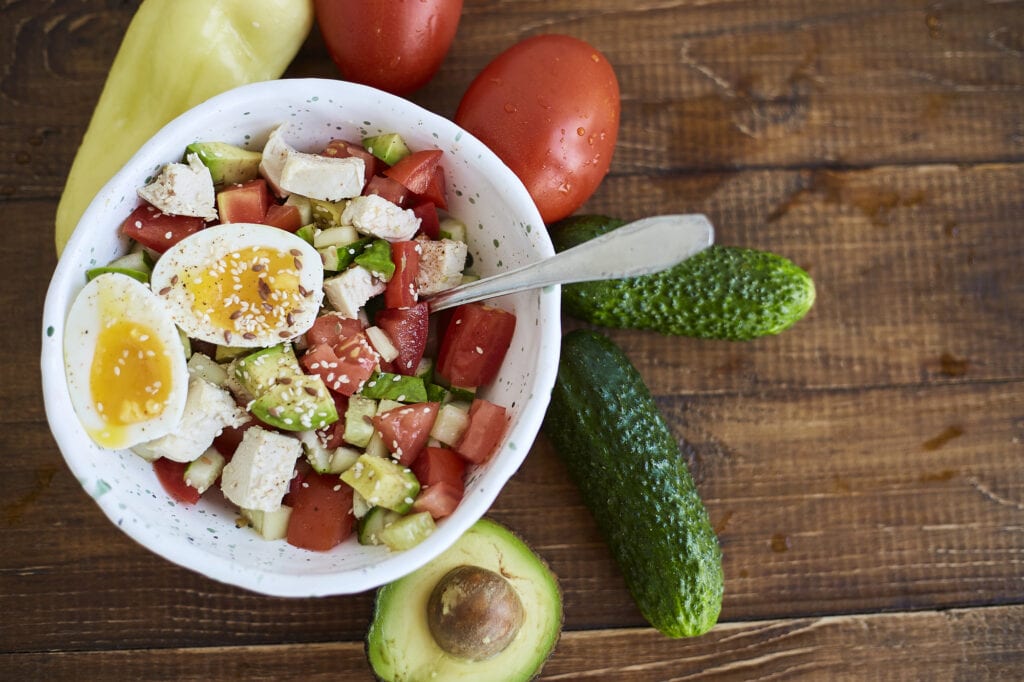
Salzberg and his friend Ilia Papas wanted to start a business, so they left their jobs and formed a small group comprising friends and family. They tried various startup business ideas until they found Blue Apron; which provided a convenient solution for preparing dinner using trusted recipes with all the ingredients.
In a conversation with Business Insider, Salzberg expressed their shared passion for food. ''We enjoyed examining different ingredients, recipes, and cooking techniques but found it challenging to cook at home. It was costly, time-consuming, and lacked reliable recipes.'' To address this, they created Blue Apron, a service that provides weekly recipes for home cooking.
They forged relationships with local farmers and designed menus according to ingredient availability during different seasons. They'd then prepare and deliver recipe kits with all the ingredients within 24 hours, enabling customers to cook and enjoy a fresh dinner easily.
Salzberg and Papas lacked food industry knowledge, so they reached out to a family friend, Matthew Wadiak. Wadiak, a wholesaler of truffles and avocados, joined Blue Apron as their food expert and COO. Papas became the startup's chief technical officer, while Salzberg became its CEO.
The decision to establish Blue Apron based on a founding team with diverse business skills was critical, says Salzberg. The trio founded Blue Apron and set out to make cooking convenient and enjoyable for everyone.
How was it funded?
Blue Apron has raised a total of $422.5 million in funding over 10 rounds. Their latest funding was on Feb 10, 2023. The company received funding from Joseph Sanberg who invested $55.5 million at $5.65 per share under a private placement agreement. Blue Apron also received $135 million in a funding round led by Fidelity Management and Research Company.
What made it grow?
Established in 2012, Blue Apron is the fastest-growing food delivery company in the United States. Their innovative approach involves sending accurately measured, pre-packaged ingredients and recipes for customers to cook meals at home.
Blue Apron offers its customers the opportunity to cook their own meals. Instead of sending pre-prepared food, it provides recipes and fresh ingredients.

To improve its technological and operational structure, the company plans to expand its customer base. Blue Apron is planning to change its business model by working with FreshRealm, which will improve its financial situation and help it become more profitable.
What's its valuation?
Blue Apron Holdings is valued at $31.55million.
What lessons can entrepreneurs learn from the Blue Apron story?
Blue Apron experienced rapid growth in its early years. However, it also faced many challenges and struggled to maintain its initial success.
Here are some lessons entrepreneurs can learn from the Blue Apron story:
- Market Analysis and Competitive Landscape: Before entering a market, entrepreneurs should conduct a careful market analysis to understand industry dynamics. Blue Apron faced strong competition from other meal-kit delivery services like HelloFresh. This competition impacted its ability to differentiate itself and attract customers.
- Scalability and Operational Efficiency: As a subscription-based service, Blue Apron had to deal with logistical challenges in sourcing ingredients, and delivering meals to customers. Entrepreneurs should closely consider the scalability of their business models and develop operational processes to handle growth effectively.
- Customer Acquisition and Retention: Acquiring customers is crucial, but keeping them is equally important for sustainable growth. Blue Apron faced difficulties retaining customers because of limited menu options, and lack of personalized customization. Entrepreneurs should focus on delivering quality customer experiences and value to increase customer loyalty.
- Unit Economics and Profitability: Entrepreneurs should give attention to unit economics and profitability. Blue Apron struggled in profitability due to high customer acquisition costs, heavy marketing expenses, and operational challenges.
- Adaptability and Innovation: Markets evolve quickly, and entrepreneurs must be adaptable and innovative to stay ahead. Blue Apron faced challenges adapting to changing consumer preferences, such as grocery delivery and meal-prep services. Entrepreneurs should consistently monitor market trends, listen to customer feedback, and innovate their services to meet evolving demands.
- Financial Management and Funding: Blue Apron faced financial challenges such as high cash burn and declining stock prices. Entrepreneurs should carefully manage their cash flow, monitor key financial metrics, and secure adequate funding to support growth.
- Branding and Marketing: Building a strong brand and an effective marketing strategy is key to success. Blue Apron invested in marketing to gain customers. Entrepreneurs should focus on building a compelling brand narrative and engaging with their target audience through targeted marketing channels.
FAQs
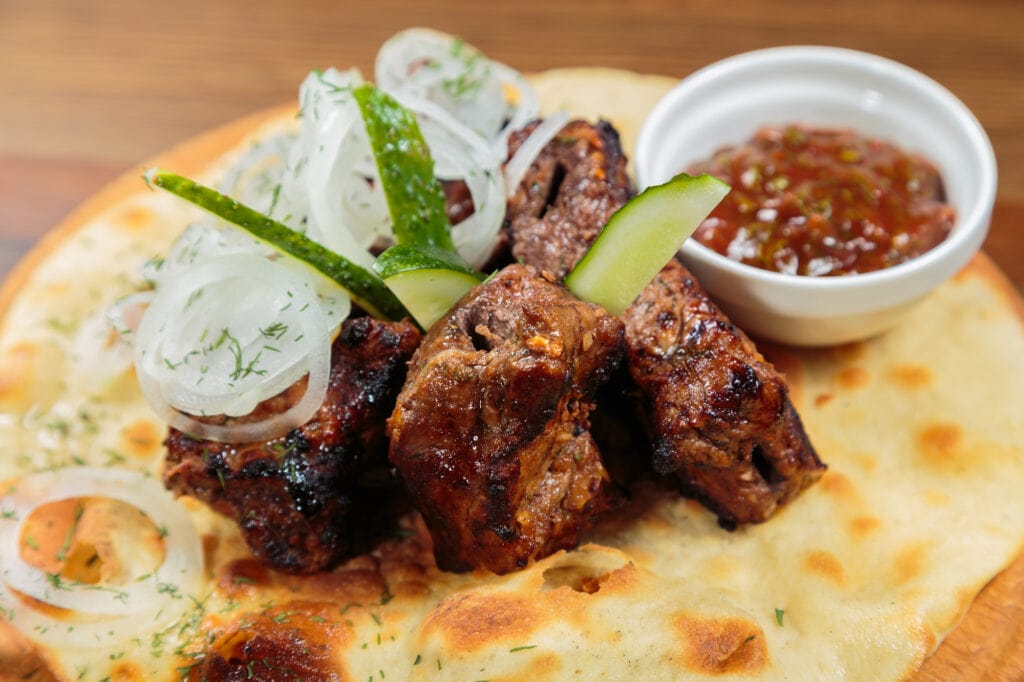
What is the business model of Blue Apron and how does it generate revenue?
Blue Apron's business model involves subscription fees. It operates on an affiliate revenue model, where resellers earn commissions on goods sold by merchants. Blue Apron does all the shopping and planning for the customer. It provides fresh, locally available ingredients to make Michelin-level food at home.
The company generates revenue through two services: a recipe meal kit service and a wine-delivery service. Customers pay for ingredients and recipes, and Blue Apron earns profits by charging a premium for delivery. In 2022, the company generated net revenue of $458 million.
Takeaway
Blue Apron is a subscription-based recipe meal kit delivery service. The company generates revenue through its recipe meal kit service and wine-delivery service.
Entrepreneurs can learn from Blue Apron’s success and apply strategies to their own businesses.
Inspired by the success of Blue Apron’s journey? Learn the steps to create your own wildly successful startup with our 30-Day Email Course. Start your entrepreneurial journey today!
